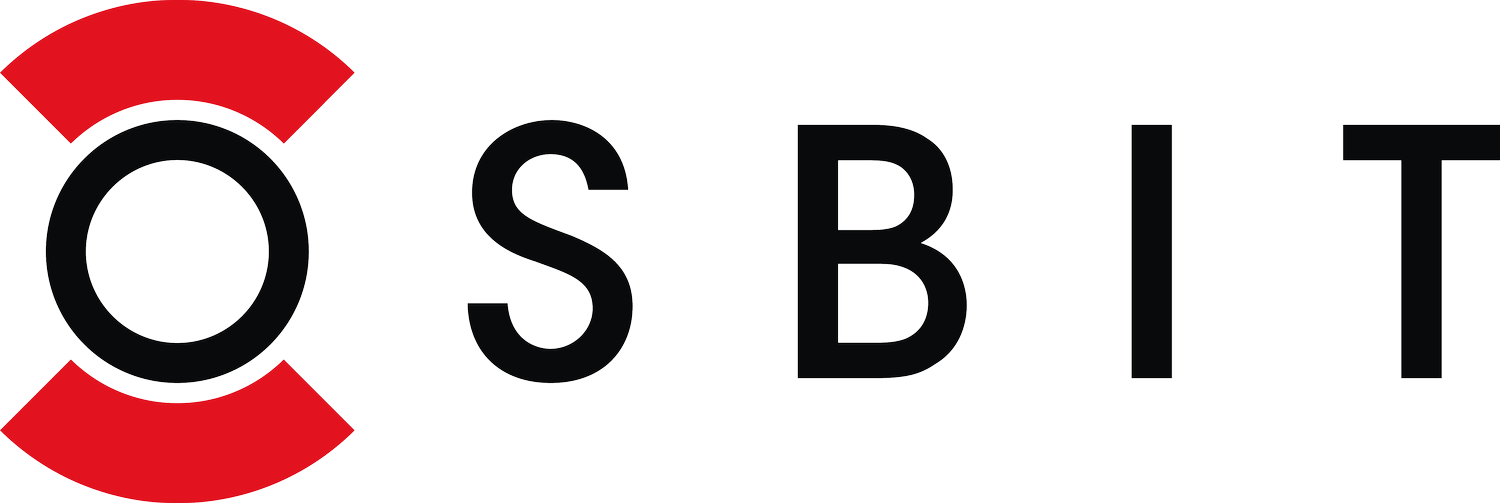MaXccess System successfully completes offshore trials
OSBIT Power, Siemens Wind Power and Statoil announced today (28th March) that they have successfully completed offshore trials of OP’s innovative offshore wind turbine access system, MaXccess.
MaXccess was installed on the wind farm service vessel “Bayard 3”, operated by Fred Olsen Windcarrier, for the duration of the trials conducted over the past month from Statoil’s Hywind operations base at Skudeneshavn, Norway. The trials saw successful safe transfer of personnel taking place in conditions ranging from 1.2m up to 1.9m significant wave height (Hs). During the 9 days of offshore operations, over 100 connections were made. MaXccess was clamped to the turbine buffer tube for over 12 hours in total, during which time 36 personnel transfers were made.
Andrew Stormonth-Darling, Technical Project Manager at Service/Maritime Solutions, Siemens Wind Power, commented on MaXccess and its implications for future operations:
“Over the past month the systematic testing of the MaXccess system has resulted in a huge leap forward in improving transfers from the sort of crew transfer vessels we use widely across our projects. The trials’ success is testament to OP’s engineering, and will help lead the way to reduced operating costs and an improved safe working environment for technicians across the industry.
Safety is paramount to Siemens and as we have many technicians working for us in the field, these latest developments are very important to us indeed.
Safe operations and turbine access are two of the main challenges in the offshore environment. Stringent safety standards, quality training sessions and daily assessments ensure that Siemens’ personnel are at the forefront of existing safety measures. In order to maintain its position as number one in offshore wind, in the broadest sense, Siemens strives to ensure best‐in‐class technology is implemented in all aspects of its operations.“
Anders Wikborg, Marine Operations Manager of Statoil’s Offshore Wind Energy division comments:
“It is vital that the industry supports innovations that have the potential to bring the cost of electricity down and increase safety of personnel working offshore. Developing new technology requires real world testing to validate performance. Through the trials we have conducted a thorough assessment of the MaXccess system and, in conjunction with DNV and Automasjon og Data, we have undertaken recordings of the wave conditions and motions of the vessel. Based on these, we can confirm that the system has achieved safe and reliable access in 1.9m significant wave height conditions.”
The MaXccess system has been developed by UK‐based OP, with the first unit, MX11/01, being completed in Summer 2011. “Following an extensive review of offshore access solutions, Siemens Wind Power and Statoil chose to support trials of MaXccess. They believe that it can provide significant benefits to both safety and productivity of their offshore projects ‐ a safe step forwards in offshore access,” explains Dr Tony Trapp who established OP 18 months ago.
At the moment, wave conditions exceed the limit of current technology; this causes delays and interruptions to service and maintenance operations. These disruptions result in increased costs and lost revenue. However, more productive operations must also be safe operations. By creating a stable and predictable transfer system, MaXccess contributes to reducing the cost of offshore wind and creates a safer working environment for technicians conducting offshore transfers.
MaXccess provides a stable platform through which personnel can transfer to and from boat landing platforms, mounted on turbine foundation structures. A friction based clamp connected to the vessel by carefully engineered linkage geometry ensures that the bow of the vessel is held stationary while the vessel is allowed to roll, pitch and yaw freely.
MaXccess incorporates a traffic light warning system to indicate when safe transfer conditions are present, removing the uncertainty which technicians are exposed to when transferring using a vessel contacting the turbine with its bow fender only. On top of these benefits, the lack of continual, high-power thrusting into the boat landing results in less vessel engine strain, and will therefore reduce engine maintenance and fuel costs.
OSBIT Power’s Tony Trapp comments:
“For the industry to have a viable future the current situation has to be improved. Transferring personnel is not only one of the most hazardous activities on a wind farm but also a major bottleneck due to the weather limits of current transfer technology. With MaXccess, OP has created both a safer, more predictable means of transfer which also reduces cost through offering greater turbine accessibility.”
